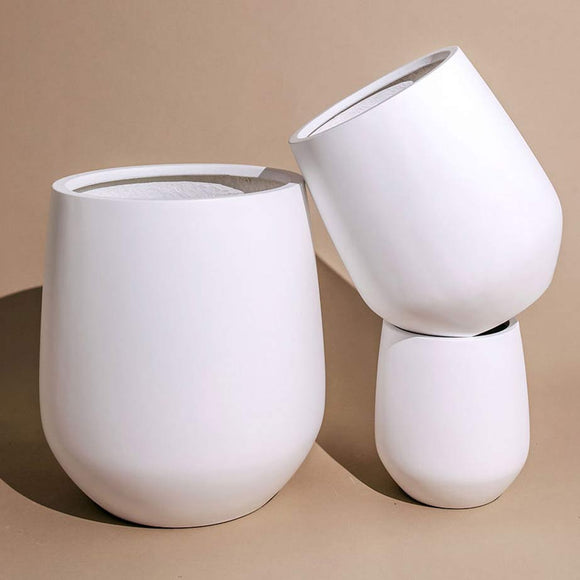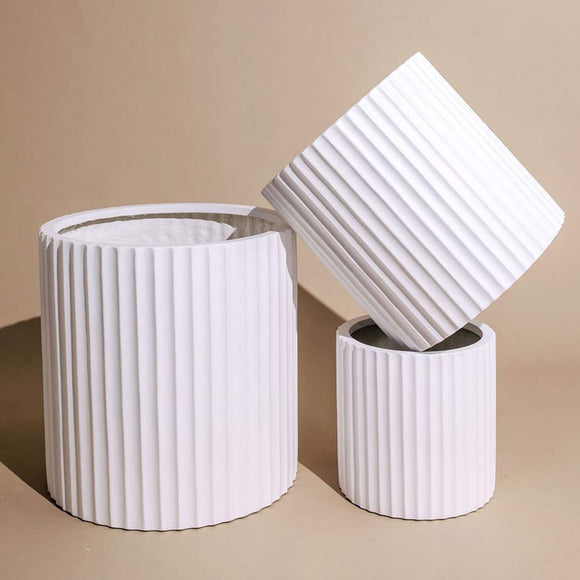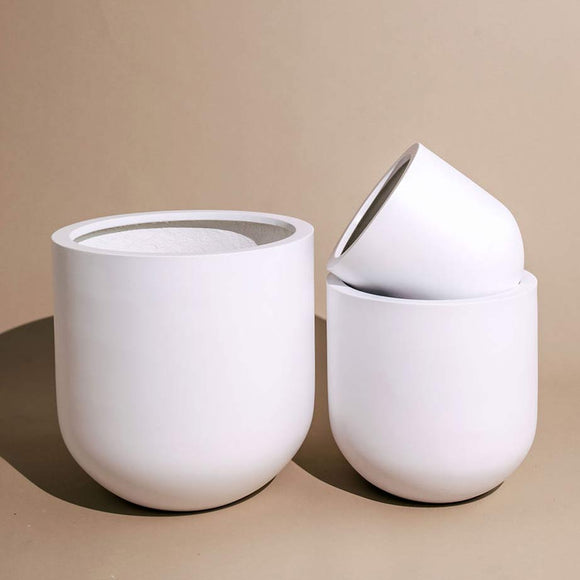Chin Cactus- Gymnocalycium
The Gymnocalycium, or Chin Cactus, hails from the Cactaceae family and originates mainly from South America. It features a striking spherical or cylindrical shape, and its ribs are adorned with mesmerising patterns, creating a visual spectacle that can add character to any space.

General Care
Light: Gymnocalyciums are sun lovers. They thrive in bright, indirect sunlight. If you're keeping them indoors, place them near a south- or west-facing window. For outdoor gardening, ensure they receive ample sunlight without being scorched during the hottest part of the day.
Water: Succulents, including the Chin Cactus, prefer to dry out between waterings. Water sparingly, allowing the top inch of soil to dry before giving it a drink. Be cautious not to overwater, as this can lead to root rot – one of the common problems we'll address later.
Humidity: Gymnocalyciums are not particularly fussy about humidity levels. They are adaptable and can thrive in average indoor humidity. However, avoid exposing them to excessively dry conditions, as this can lead to shrivelled or dehydrated plants.
Soil: Well-draining soil is a must for the Chin Cactus. A cactus or succulent mix with added perlite or sand will ensure proper drainage, preventing waterlogged roots.

Common Problems and How to Prevent Them
Overwatering: The Achilles' heel of many succulent enthusiasts. Always check the soil's dryness before reaching for the watering can to prevent overwatering. Ensure the pot has drainage holes, and consider using a moisture meter for accuracy.
Pests: While Gymnocalyciums are relatively resistant to pests, they can still fall victim to mealybugs and spider mites. Regularly inspect your plants, and if you spot any pests, isolate the affected plant and treat it with neem oil or insecticidal soap.
Root Rot: As mentioned earlier, overwatering can lead to root rot. Ensure your pot has proper drainage, and err on the side of underwatering rather than overwatering. If you suspect root rot, trim affected roots and repot the plant in fresh soil.
Fun Facts!
- Gymnocalycium Diversity: There are over 60 recognised species of Gymnocalycium, each with a distinct appearance and characteristics. Collectors often seek out these unique variations to add to their succulent collections.
- Name Origins: The name "Gymnocalycium" is derived from the Greek words "gymnos," meaning "naked," and "kalyx," meaning "calyx" or "bud." This refers to the cactus's lack of or reduced spines on its areoles.
- Longevity: Gymnocalyciums are known for their longevity. These cacti can live for several decades with proper care, becoming cherished family heirlooms.
If you're a cacti fan, read our blog here about the best cacti for garden pots.
















